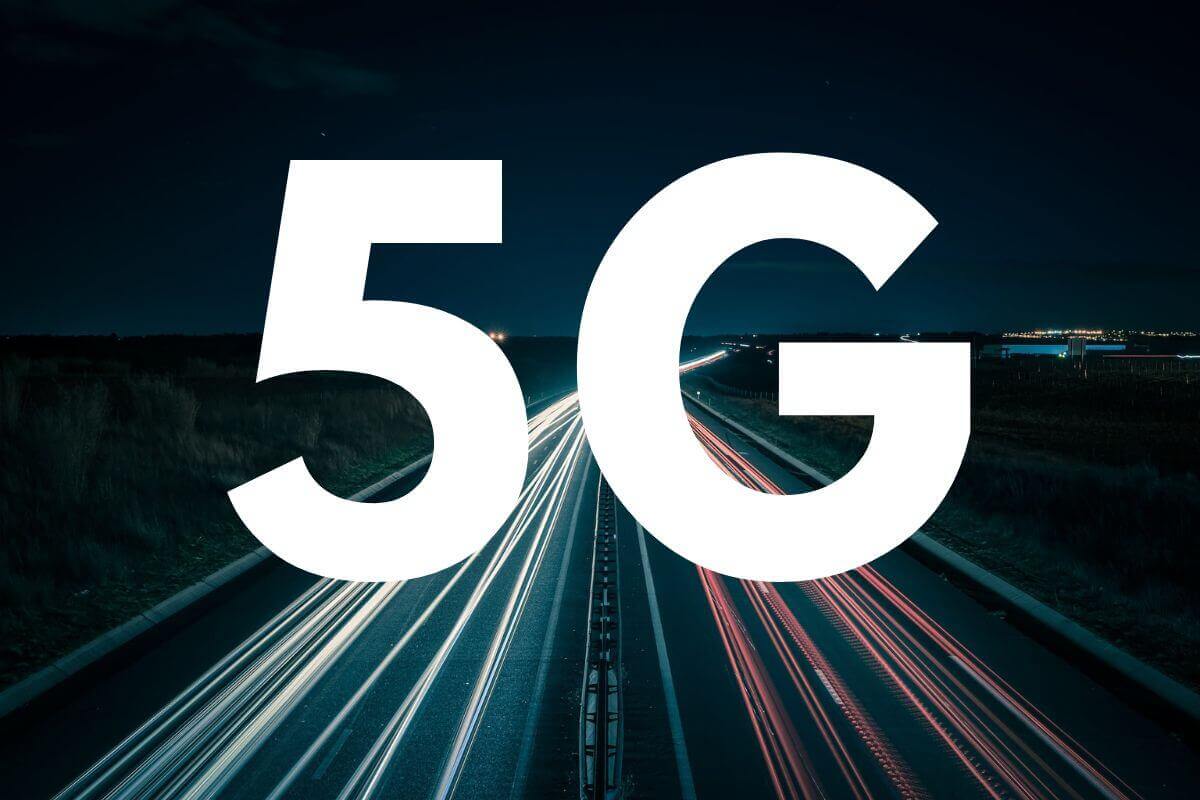
The COVID-19 pandemic has accelerated the shift towards remote learning, making reliable and efficient connectivity more crucial than ever. As educational institutions adapt to online learning environments, the advent of fifth-generation wireless technology, commonly known as 5G, offers significant potential to enhance remote learning experiences. Today, we explore how 5G can contribute to the transformation of remote learning.
Enhanced Connectivity:
One of the key advantages of 5G is its ability to deliver ultra-fast and reliable connectivity. This high-speed network enables seamless video streaming, live lectures, and real-time collaboration among students and educators. With 5G, remote learners can experience reduced latency and smoother interactions, fostering more engaging and interactive virtual classrooms.
Read More - How 5G is Transforming Healthcare: Improving Patient Care, Treatment and Efficiency
Improved Accessibility:
5G has the potential to bridge the digital divide and increase access to education. In areas with limited broadband infrastructure, 5G networks can provide high-speed internet access, enabling students in remote or underserved regions to participate in remote learning. This technology eliminates the geographical barriers that previously hindered educational opportunities, creating a more inclusive learning environment.
Immersive Learning Experiences:
The low latency and high bandwidth capabilities of 5G pave the way for immersive technologies, such as virtual reality (VR) and augmented reality (AR), to be seamlessly integrated into remote learning. Students can engage in virtual field trips, explore interactive simulations, and manipulate 3D models, bringing subjects to life and enhancing their understanding. These immersive experiences foster deeper engagement and facilitate hands-on learning, even when physically distant from educational institutions.
Read More - 5G and Gaming: How Ultra-Fast Networks Will Change the Gaming Landscape
Mobile Learning:
5G enables students to access educational resources and participate in online classes from their mobile devices with ease. With increased network capacity and improved speeds, students can download educational content, stream videos and collaborate on projects efficiently, irrespective of their location. Mobile learning becomes more accessible and flexible, allowing students to learn anytime and anywhere, which is particularly beneficial for those with busy schedules or limited access to traditional learning environments.
Collaboration and Communication:
Effective communication and collaboration are vital components of remote learning. With 5G's low latency and high bandwidth, students and educators can engage in real-time discussions, video conferences, and group projects without interruption. This technology empowers seamless collaboration platforms and communication tools, fostering meaningful interactions and enabling students to connect with their peers and instructors, even from a distance.















